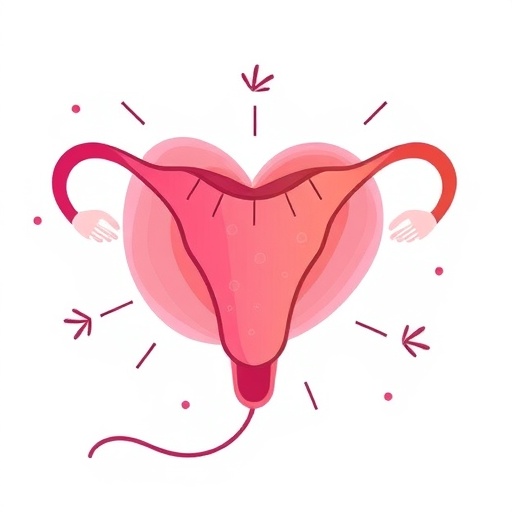CHICAGO – Contrary to what some studies may suggest, the local anesthetic drug, liposomal bupivacaine, did not reduce in-hospital opioid prescriptions or opioid-related complications in patients who received the drug during total knee replacement surgery as part of a multimodal approach to manage postsurgical pain, finds a new study published in the Online First edition of Anesthesiology, the peer-reviewed medical journal of the American Society of Anesthesiologists (ASA).
Bupivacaine is a commonly used local anesthetic that prevents pain by blocking signals at nerve endings. Liposomal bupivacaine is a long-acting version of bupivacaine, formulated in a new lipid-based structure. The drug is injected into tissues surrounding the surgical wound. One injection of liposomal bupivacaine is designed to provide long-lasting pain control for up to three days, thereby potentially reducing the need for opioid painkillers.
"When we tested this hypothesis in a real-world setting where state of the art pain procedures such as peripheral nerve blocks were used, we were unable to show benefit," said Stavros G. Memtsoudis, M.D., Ph.D., senior study author and director of critical care services in the Department of Anesthesiology at the Hospital for Special Surgery in New York. "Local anesthesia is one mode that has been proposed as being part of a multimodal approach to reducing opioid consumption. But we found that adding liposomal bupivacaine to the mix did not add significant benefit."
While opioid-based regimens remain the cornerstone of postsurgical pain management, a multimodal approach involving a combination of opioids, non-opioid analgesics and local anesthetics – all with different mechanisms of action – is increasingly being used to provide pain relief while reducing the need for postsurgical opioids and opioid-related adverse effects. However, the effectiveness of local anesthetics is limited by a relatively short period of action. Physician anesthesiologists had hoped liposomal bupivacaine, which is released slowly over time, would help solve this problem, Dr. Memtsoudis noted.
The study looked at data from 88,830 total knee replacements performed between 2013 and 2016 with a peripheral nerve block, which involves injecting a local anesthetic near the nerves that control sensation and movement for a specific part of the body, as part of a multimodal regimen. One group had a peripheral nerve block and general anesthesia, and another group had a peripheral nerve block and regional anesthesia. Liposomal bupivacaine was used in conjunction with a peripheral nerve block in 21 percent (18,817) of patients. Between 2013 and 2016, the use of liposomal bupivacaine increased from 7 percent to 26 percent.
Researchers found the addition of liposomal bupivacaine was not associated with a decrease in patients' risk for opioid-related complications including those affecting the respiratory, gastrointestinal and central nervous system. Further, no clinically relevant decrease in inpatient opioid prescriptions, length of hospital stay and no reduction in cost of hospitalization was seen.
"The routine use of liposomal bupivacaine should be carefully examined, especially given its relatively high cost. It does not seem to be the silver bullet physicians have been hoping for," Dr. Memtsoudis said. "We also need to look for other ways to try to combat the opioid crisis, including trying to change physician and patient behavior and expectations. We shouldn't necessarily look at a pharmacological solution for everything."
Researchers note that there's uncertainty in the data as to how liposomal bupivacaine was administered. It's expected that most was administrated by infiltration at the surgical site which is FDA approved, but off-label use is possible in some cases.
###
THE AMERICAN SOCIETY OF ANESTHESIOLOGISTS
Founded in 1905, the American Society of Anesthesiologists (ASA) is an educational, research and scientific society with more than 52,000 members organized to raise and maintain the standards of the medical practice of anesthesiology. ASA is committed to ensuring physician anesthesiologists evaluate and supervise the medical care of patients before, during and after surgery to provide the highest quality and safest care every patient deserves.
For more information on the field of anesthesiology, visit the American Society of Anesthesiologists online at asahq.org. To learn more about the role physician anesthesiologists play in ensuring patient safety, visit asahq.org/WhenSecondsCount. Like ASA on Facebook; follow ASALifeline on Twitter.
Media Contact
LaSandra Cooper
[email protected]
847-268-9106
@ASALifeline
http://www.asahq.org/




